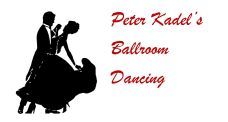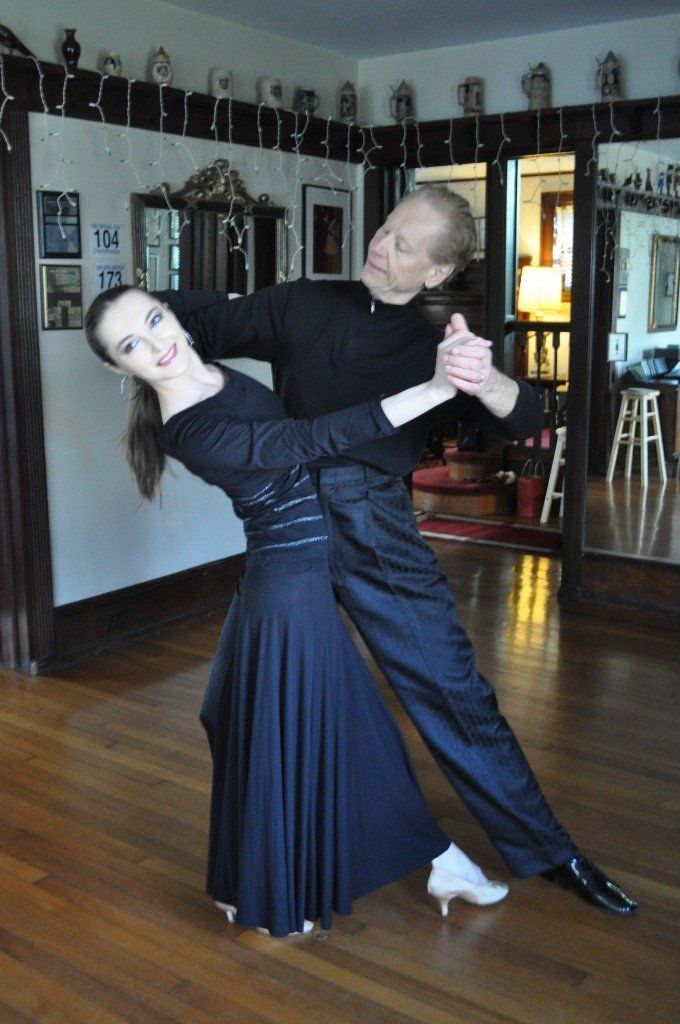Learning to ballroom dance should be fun, easy and free of stress.
If you would like to arrange for private ballroom dance lessons, please call Peter at:
610-622-0683
The environment is comfortable and the hourly rate is competitive. Please call for details.
Dancing is good for you
With shows like Dancing With the Stars and So You Think You Can Dance in full swing, dancing is becoming one of America’s favorite pastimes.
Ballroom Dancing provides physical, psychological, and social benefits galore, so put on your dancing shoes and follow along.
Better balance, improved mood
Many studies have found that dancing can improve balance, even in frail elderly people. Some have shown improvements in gait, walking speed, and reaction time, as well as cognitive and fine motor performance. Dance studies have included jazz, ballroom, tango, folk, and a series of slow, low-impact dance movements—though any kind of dancing would likely be beneficial.
Interestingly, according to a review in the European Journal of Physical and Rehabilitation Medicine in 2009, dancing may help people with Parkinson’s disease, which is characterized by rigid muscles, slowed movement, and impaired balance.
Dancing may also be good for your mood. It has been shown to reduce depression, anxiety, and stress and boost self-esteem, body image, coping ability, and overall sense of well-being, with the benefits lasting over time. In one study, it even helped control “emotional eating” in obese women who eat as a response to stress.
The authors of a meta-analysis of 27 studies on the effectiveness of dance movement therapy, published in Arts in Psychotherapy this year, concluded that dancing should be encouraged as part of treatment for people with depression and anxiety.
Though other forms of exercise can have many of the same benefits, ballroom dancing is more appealing to some people, so they are more likely to stick with it.
For example, at the end of a study that compared tango dancing to mindfulness meditation, 97 percent of participants chose to receive a voucher for a tango class rather than one for mindfulness meditation. (By the way, the study found that both activities reduced depression, but only dancing reduced stress levels.) In another study, attendance was higher with waltzing than conventional exercise, possibly because “dance is a form of exercise in which movement, social interaction, and fun are mixed together,” the researchers said.
Dancing for heart health and weight control
If dancing gets your heart rate up, it can be a good form of aerobic exercise, which is good for your heart in general. One study even found that in people with stable chronic heart failure, slow-fast (interval) waltzing improved heart and blood vessel function and overall quality of life as much as a moderate aerobic exercise program did.
On average, a 150-pound person burns about 240 calories per hour when dancing. But the numbers vary a lot, from less than 200 calories per hour for slow dances like tango to about 350 calories for faster dancing like swing—and more than 500 calories for step aerobics dancing. Of course, for the more active dances you probably won’t dance a full hour.
Put on your dancing shoes
Because there are so many different types of dance, you should be able to find a style that suits you in terms of intensity (high-or low-impact, fast or slow), difficulty level, type of music you like, and whether you prefer to dance with or without a partner.
If you want an upbeat, calorie-burning style, you can try tap or swing, for example. If you want something more reserved, there is tango.
Foxtrot is a good choice for beginners; quickstep for more advanced dancers.
If you like your dancing more spicy, why not try salsa or mambo?
Ballroom Dancing is a great way to socialize
It's fun!
Ballroom dancing is categorized as International and American styles, Latin and Standard (Smooth) and Novelty such as Salsa, Polka, Reggae, etc. Peter actively teaches all of the above. We provide opportunities for performance and competition in local and national events and medal tests with the Imperial Society for those capable and interested. The environment is very comfortable and hourly rate is very competitive. Please call 610-622-0683 for details.


